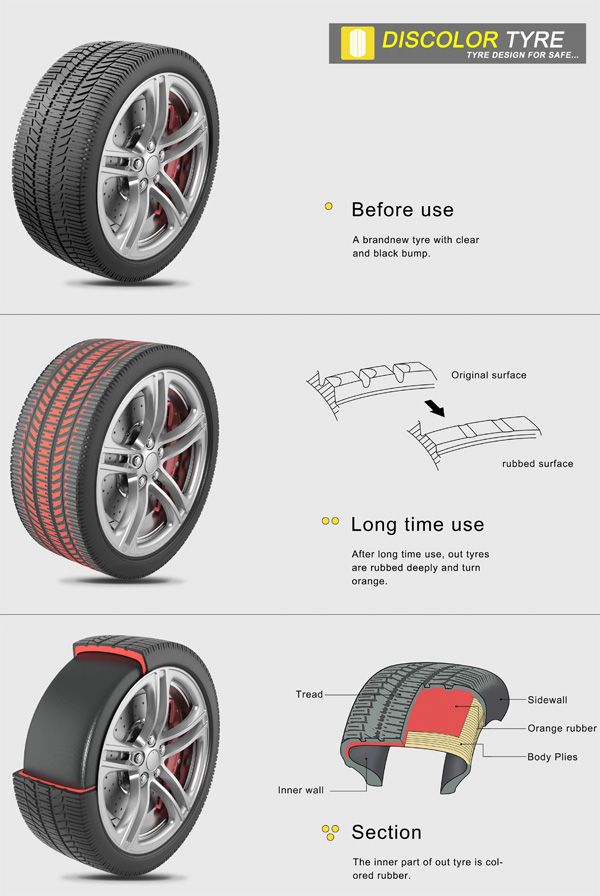Anyone who drives a car knows what tire tread is. But do you know how to tell whether it’s wearing thin?
Worn out tires affect your car’s performance and your safety. Luckily, there’s a simple way to check your tires with just your pocket change.
A new car tire typically has a tread depth of 10⁄32 or 11⁄32 inches while a light truck will have between 11⁄32 and 19⁄32 inches. The U.S. Department of Transportation recommends that you replace your tires once they’ve worn down to 2⁄32 inches. Many states require tires to be replaced when the tread reaches that depth.
How do you know when your tires are officially worn out? You can use a tread depth gauge or take your car in for a professional evaluation. But the easiest way is to do a penny test.
Many car and truck tires come with indicator bars at 2⁄32 inch. If these are even with your tread ribs, you’ll know your tires need to be replaced.
Now you can measure your tread, but you may not know about all its components or what different tread patterns are for. The more you know about types of tread, the easier it will be for you to choose the best tires for your vehicle. Here are some facts to beef up your tire knowledge.
There are four (sometimes five) main components to tire tread:
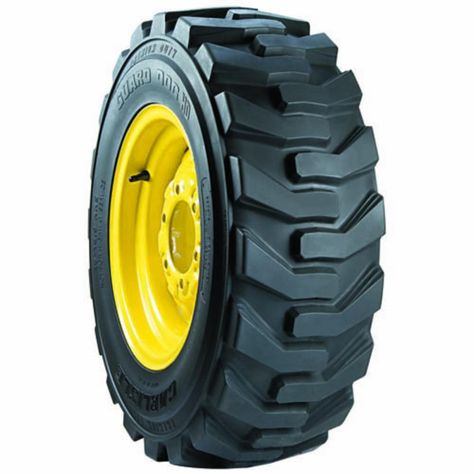
Ribs and tread blocks make contact with the pavement, while grooves and voids channel water when roads are wet and allow the blocks to flex as tires grip the road.
Siping is designed to improve tire performance during wet and winter driving conditions.
Different tire manufacturers combine these features to create signature designs and offer good performance for a range of driving conditions.
Though each tire manufacturer makes unique variations on tire tread, the patterns generally fall into three categories. Each pattern provides different handling and performance.
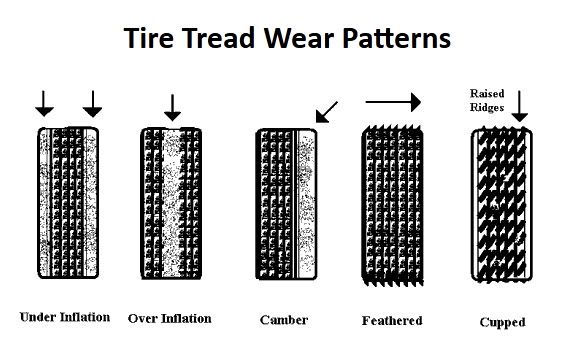
Summer tires and winter tires both generally have a symmetric design, with winter tires sporting deeper tread depth and sipes. Asymmetric patterns are often a good choice for all-season tires.
Though tires are considered bald at 2⁄32 inch, they lose some of their performance capabilities before that.
As tire tread wears, it becomes less able to channel water and the risk of hydroplaning increases, especially at higher speeds. If you know your tires are partly worn, be sure to give yourself extra stopping distance in wet conditions.
If you know your tires are partly worn, be sure to give yourself extra stopping distance in wet conditions.
Grip loss on snowy or icy roads is a concern. As the rubber wears, sipes disappear and tread blocks don't provide as much grip. Again, allow yourself more stopping distance and consider replacing your tires to stay safe during winter months.
Tires with partly worn tread are more likely to get punctures and lose air pressure, too. And punctures can cause tire failure, which is a particular problem at high speeds because you can lose control of your vehicle.
A penny test will tell you when your tires are bald, but if you’re headed into winter or a rainy season, a tread depth gauge is the surest way to test. Or stop by your local tire shop to have a professional evaluate your tires.
Learn More
Tire tread has the capacity to affect your vehicle’s safety and performance while on the go.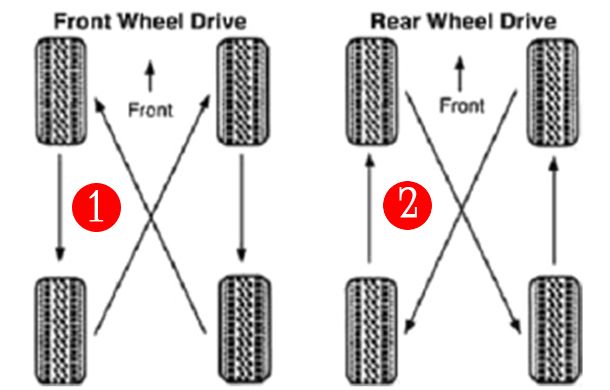 While you might not think about your tire tread every time you drive, it is important to check in every once in a while to ensure that your tires are in good working order. Ready to talk about tire tread depth? Let’s dive in.
While you might not think about your tire tread every time you drive, it is important to check in every once in a while to ensure that your tires are in good working order. Ready to talk about tire tread depth? Let’s dive in.
The tread depth of the tire is a vertical measurement between the top of the tread and the lowest groove. In the U.S., tire tread depth is measured in 32nds of an inch. When tires are brand new, they have tread depths from 10/32 to 11/32.
In the United States, tires are required by law to have easily recognizable tread wear indicators. As the tire tread wears down, it eventually becomes level with the tread wear indicator. At this point, the tire should be replaced. It has too little tread left to provide traction. If safety weren’t persuasive enough, keep in mind that it is also illegal to drive with bald tires.
The minimum legal limit is 2/32 of an inch.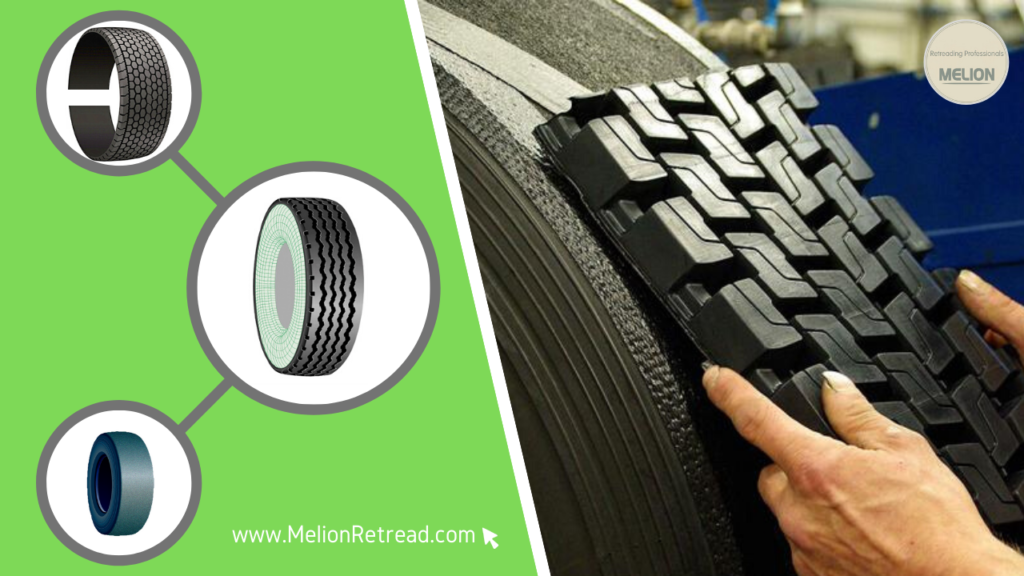 This doesn’t mean that tires are perfectly safe if they have 3/32 left of tread. This is simply the limit at which you won’t pass your state safety inspection. Your tires become incrementally less safe as the tread wears down.
This doesn’t mean that tires are perfectly safe if they have 3/32 left of tread. This is simply the limit at which you won’t pass your state safety inspection. Your tires become incrementally less safe as the tread wears down.
When it comes to safety, your tires are literally where the rubber meets the road. Sufficient tire tread depth is necessary for safe turning and braking.
Low tire tread depth can spell disaster for your drive, including:
If you live in an area where it rains or snows frequently, consider replacing tires when they reach 4/32 of an inch. With worn tires, you are at risk of hydroplaning on wet roads. This is when the tire can’t channel the water through the grooves. The car rides along the top of the water instead of staying in contact with the asphalt. As such, the tires can’t respond to the steering system. If you have experienced it, you know how terrifying it can be. In icy or snowy conditions, low tread depth makes it harder to stop. You can also fishtail when accelerating or slide sideways when turning.
The car rides along the top of the water instead of staying in contact with the asphalt. As such, the tires can’t respond to the steering system. If you have experienced it, you know how terrifying it can be. In icy or snowy conditions, low tread depth makes it harder to stop. You can also fishtail when accelerating or slide sideways when turning.
There are special considerations for driving in hot weather as well. If you are heading into summer and your tires are near the end of their lifespan, be aware that they wear down faster on hot roads.
Easy peasy. All you need to check your tire tread depth is a penny. Insert the penny with Abraham Lincoln’s head upside down. If the top of Abe’s head is showing, it’s time for new tires. Tamara shows you how to do it in this video.
Be thorough when you measure your tread depth.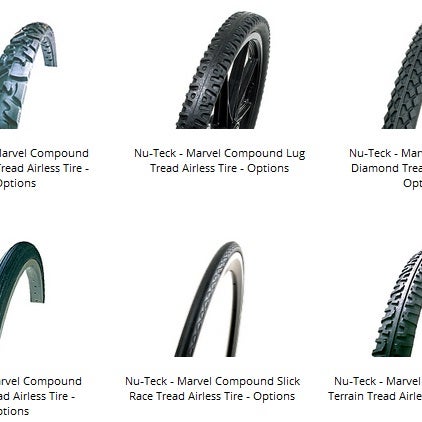 Insert the penny in several places around the tire. It’s not uncommon to have uneven tread wear. Measuring in several places will compensate for this.
Insert the penny in several places around the tire. It’s not uncommon to have uneven tread wear. Measuring in several places will compensate for this.
Having the proper air pressure in your tires is also critical. Tire air pressure is expressed as a number followed by PSI. This stands for pounds per square inch. 28 PSI means 28 pounds per square inch. It is a measurement of the force inside the tire applied to one square inch. You can check the recommended tire pressure for your car in your owner’s manual or on a sticker inside the driver’s side door. For most vehicles, it is around 32 PSI.
If your pressure is too low, your tires will wear out quicker. You will also get poorer gas mileage. This is because it’s harder for your engine to propel a vehicle riding on squishy tires. Low tire air pressure also results in a jerkier ride. Thankfully, there are plenty of easy ways to score a free tire pressure refill.
If you discover that your tires are too low, fill to the correct pressure. Don’t assume ‘more is better’. There are problems with overinflation as well. When a tire has too much air, it doesn’t have as much surface area in contact with the pavement. This makes it more difficult to handle. It also increases the risk of a blowout. At high speeds, a blowout can be deadly.
Since the early 1970s, the National Highway Traffic Safety Administration (NHTSA) and international counterparts were concerned about the dangers of low air pressure. They were seeking technology that could warn drivers. Evidence was mounting that underinflated tires were a factor in thousands of car accidents each year. At the end of the decade, the NHTSA was also motivated by the energy crisis. Tire air pressure affects fuel economy.
Tire pressure sensing technology became available in the 1980s and was first used by Porsche on the 1987 Porsche 959. In the U.S., TPMS was federally mandated beginning with the 2007 model year.
In the U.S., TPMS was federally mandated beginning with the 2007 model year.
There are two types of TPMS, indirect and direct. Direct pressure detectors are located on the tire stems. If the sensor detects a significant drop in pressure, it sends an alert to the engine computer—resulting in a dashboard warning light. The indirect type uses the antilock brake system to detect low pressure by measuring wheel speed. Tires revolve at different speeds depending on air pressure. The indirect method is less reliable and has been largely phased out among manufacturers.
At Chapel Hill Tire, we have been providing professional automotive service to North Carolina drivers since 1953. We help our valued clients choose the right tire and protect their tire investment with alignment and wheel balancing services.
Do you need new tires in Chapel Hill, Raleigh, or Durham? Our experts can help you find the right tires for your vehicle at the lowest possible price.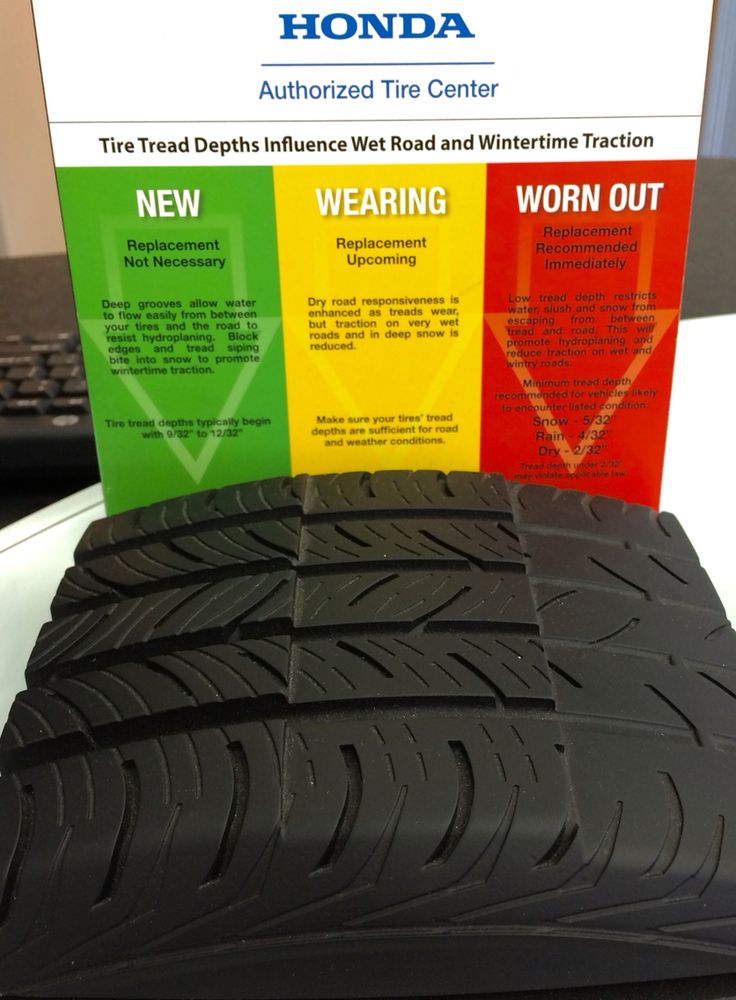 With our Price Beat Guarantee, you can ensure you are getting the best possible price on new tires in the Triangle. Schedule an appointment at one of our eight Triangle-area service centers. We look forward to welcoming you to Chapel Hill Tire!
With our Price Beat Guarantee, you can ensure you are getting the best possible price on new tires in the Triangle. Schedule an appointment at one of our eight Triangle-area service centers. We look forward to welcoming you to Chapel Hill Tire!
Back to Resources
The height (also called depth) of a tread (or tire tread) is the distance from the bottom of the drainage channel to its surface, which is in direct contact with the road. This value can be different even within one specific tire - the height in the center of the tread may not coincide with the height in the shoulder areas. Therefore, the tread height must be measured where there are tread wear indicators set by the manufacturer.
The tread height also bears the functional imprint of the tire as a whole. If, according to the definition, a tread is an element that protects the internal structure of a tire, then, working with the tread height, the manufacturer creates its pattern and forms a system of drainage channels, giving the tread the necessary characteristics.
Not surprisingly, the tread heights of the new tires currently on the market vary. But besides the manufacturer's approach, there are other factors that affect the height of the tire tread:
Seasonal
Functional
It is also worth remembering that only one value is fixed by law for the tread of new tires - the minimum allowable tread height. This means that there is a standard for tread height only for used tires. This standard is the minimum allowable limit, below which the use of tires is prohibited. On the territory of Russia, the minimum allowable (residual) tread height for summer tires is 1.6 mm, and for winter tires - 4 mm.
The absence of a tread height limit on new tires allows manufacturers to actively work with other tire elements such as rubber compounds and internals to achieve optimal tire performance.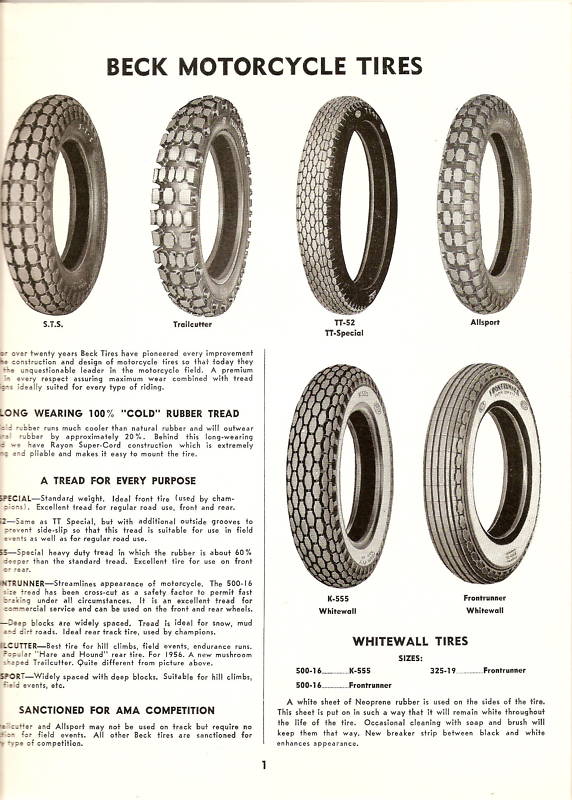 Because the height of the treadmill can have a positive effect on some characteristics and, at the same time, a negative effect on others. So, for example, a tire with a high tread, and therefore with deep drainage channels, will effectively drain water, but at the same time it will be worse to drive . The situation is reversed with a tire that has almost no tread pattern - with a slick tire. In this case, the tire will demonstrate excellent handling, but will be completely helpless on the road, even with minimal precipitation. Therefore, work with the tread height is carried out by tire engineers only in combination with other elements of the tire, which makes it possible to improve certain characteristics of the tire without reducing its other indicators.
Because the height of the treadmill can have a positive effect on some characteristics and, at the same time, a negative effect on others. So, for example, a tire with a high tread, and therefore with deep drainage channels, will effectively drain water, but at the same time it will be worse to drive . The situation is reversed with a tire that has almost no tread pattern - with a slick tire. In this case, the tire will demonstrate excellent handling, but will be completely helpless on the road, even with minimal precipitation. Therefore, work with the tread height is carried out by tire engineers only in combination with other elements of the tire, which makes it possible to improve certain characteristics of the tire without reducing its other indicators.
A good example of such interaction is tire mileage . In the initial period of the existence of tires with a tread, it was its height that determined the potential mileage. And, the higher the tread was, the more rubber it had, which means that the tire could cover more kilometers. At the present stage, for leading tire manufacturers, the mileage is determined by the composition of the rubber compound and the recipe for its creation. Therefore, you should not focus on the tread height as the only indicator that determines the amount of potential tire mileage.
At the present stage, for leading tire manufacturers, the mileage is determined by the composition of the rubber compound and the recipe for its creation. Therefore, you should not focus on the tread height as the only indicator that determines the amount of potential tire mileage.
Summing up, it must be said that the tread height in the same size, but for different manufacturers, may differ, which is determined by the technical and technological level of each company, as well as its approach to creating a tire. The tread height of one model can also vary from size to size, and narrower sizes will usually have a higher figure.
In winter, drivers may encounter more pavement than in summer. And to dry and wet asphalt, a road covered with ice and snow, snow porridge or a chemical reagent will be added. Most of these coatings require a tire of branched system of drainage channels and powerful tread blocks , which leads to an increase in the negative profile of the tire (this is the total size of all tread channels), as well as an increase in its volume, which is achieved by increasing the height of the tread.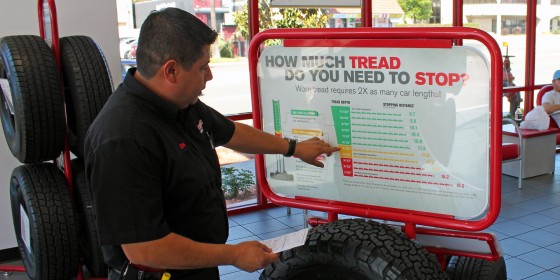 In addition, the need to attach spikes also requires a tread with an increased height. And do not forget that the minimum allowable tread height for winter tires is much higher than the summer limit (4 mm versus 1.6 mm). All this leads to the fact that0003 winter tire tread has a large tread height (or depth).
In addition, the need to attach spikes also requires a tread with an increased height. And do not forget that the minimum allowable tread height for winter tires is much higher than the summer limit (4 mm versus 1.6 mm). All this leads to the fact that0003 winter tire tread has a large tread height (or depth).
Tread height:
- winter studded tire 9-10 mm
- winter non-studded tire 7.5-9 mm
- summer road tire 7.9-7.8 mm
Tires have a variety of uses as there are different vehicles, driving styles, different types of surfaces and frequency of use. Not surprisingly, tires for different uses also have different tread heights.
Summer tire tread height:
- road tire 7.2-7.8 mm
- sports tire 6.5-7.5 mm
- commercial vehicle tire 8-10 mm
- off-road tire 13.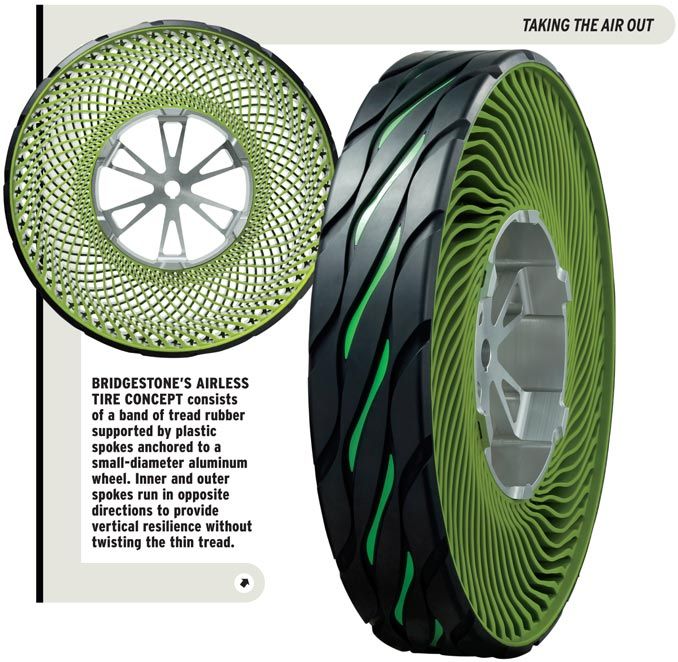 7-14.7 mm
7-14.7 mm
Sports tires have a lower tread height than conventional road tires for better handling.
Commercial tires have a higher tread which allows them to have more wear rubber , which means a higher resource. In addition, the deep tread pattern allows you to work more efficiently outside the asphalt pavement.
Off-road tires lead the way in tread height as the surfaces become more aggressive and the higher tread height will help protect the tire from tread damage. In addition, the volume of the tread obtained as a result of the increase in height will make it more efficient in mud, sand and other unstable surfaces.
In conclusion, it is worth noting that the tire tread height will help to tell a little about the purpose of the tire and its seasonality within the offer of one manufacturer. But choosing tires, focusing solely on this indicator, is not worth it.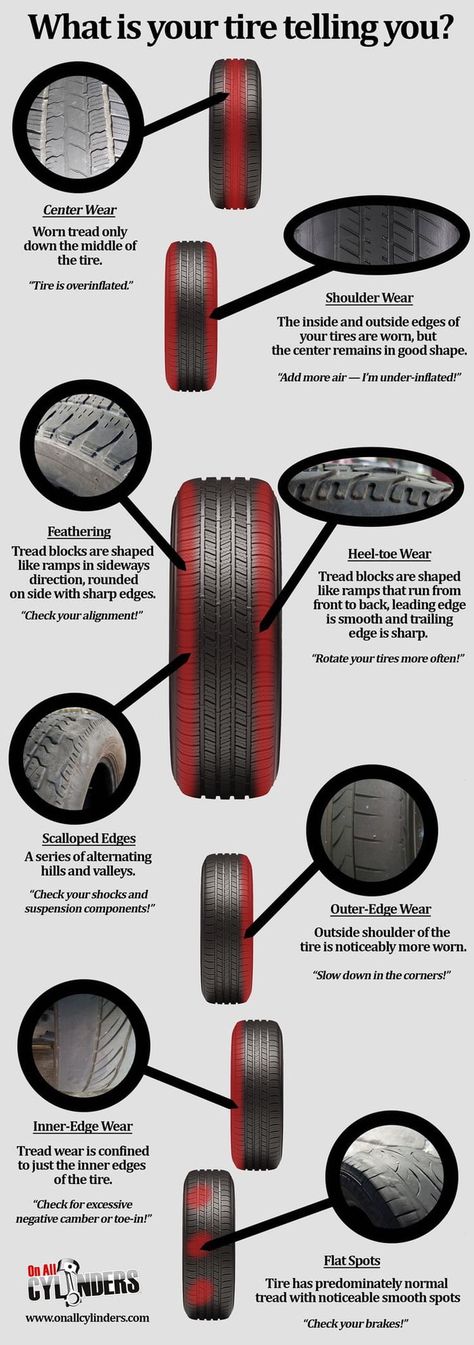 Since a tire is a complex product, and many of the tasks assigned to the tire cannot be solved only with a tread.
Since a tire is a complex product, and many of the tasks assigned to the tire cannot be solved only with a tread.
One of the most important tire parameters is tread depth.
The importance of this indicator is determined by the characteristics of operation, since the height of the tread pattern directly affects the quality of the car's adhesion to the road surface. Accordingly, the level of safety of the driver and passengers depends on the depth of the texture on the tires.
Some motorists prefer to "wear out" the rubber until it exposes the cord, which is fundamentally wrong. The combination of bald tires and slippery roads is extremely dangerous and can lead to unpredictable consequences. In addition, the use of worn tires may result in a fine.
Article Contents
Tires have an important task, which is to provide reliable grip on the road surface.
During the summer, the ambient temperature becomes quite high, so the summer varieties are made of harder rubber. A distinctive feature of such varieties is the protection of vehicles from aquaplaning - this is due to the longitudinal stripes of the pattern.
The tread plays a major role in driving safety, as the finer the tread texture, the smaller the vehicle's grip patch becomes. This, in turn, increases the risk of unexpected situations while driving.
The depth of the drawing is regulated by each manufacturer separately for each type of model. The optimal dimensions are calculated using special programs, where the parameters are calculated for the successful removal of water from the contact spot. However, there is still a general criterion for the height of the pattern - summer models have a less deep texture compared to winter varieties.
The tread height depends on the function the wheels are to perform.
In this case, rubber is divided into the following types:
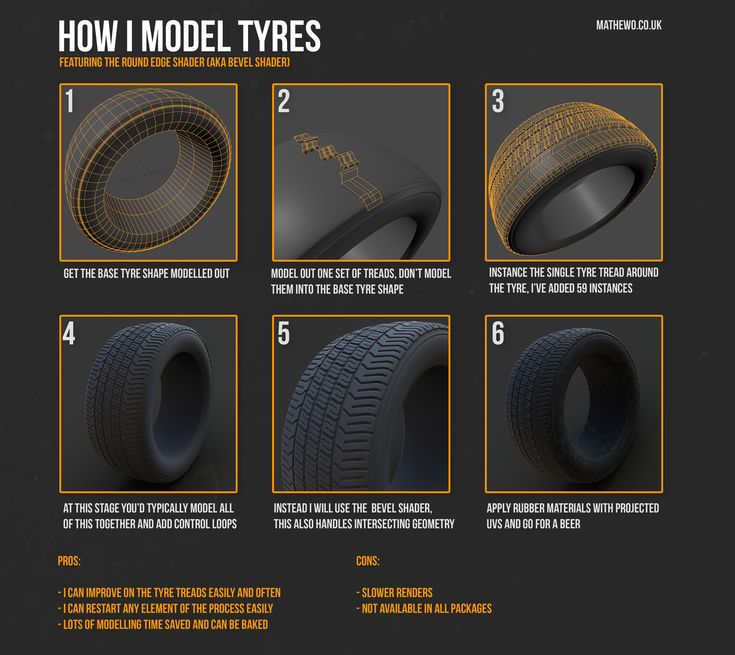
With these variants, the tread height as well as the appearance of the pattern can have impressive differences. For example, the depth of the pattern of off-road types can reach 17 mm, while for sports this value reaches 5 mm.
The tread pattern performs several very important tasks:
A particular type of pattern is preferred depending on the conditions in which the car is supposed to be used.
Proper selection of tires will significantly improve the course and handling of the vehicle, increase efficiency during emergency braking and contribute to a quick response to the steering wheel.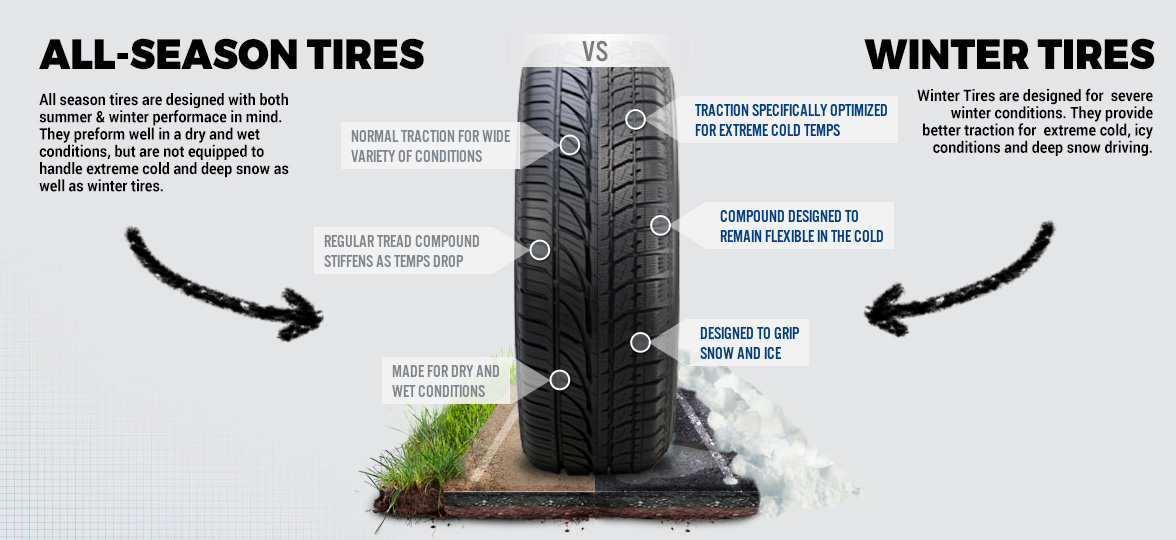 The inconsistency of the selected tread with the operating conditions will significantly reduce the performance of the vehicle.
The inconsistency of the selected tread with the operating conditions will significantly reduce the performance of the vehicle.
Summer samples have a texture consisting of wide protrusions and narrow grooves. At the same time, lamellas (slots) in such variants are almost absent. This design contributes to low noise levels and high wear resistance.
There is a clear distinction between the types of pattern depending on the road conditions - in this case, the rubber is divided into three types:
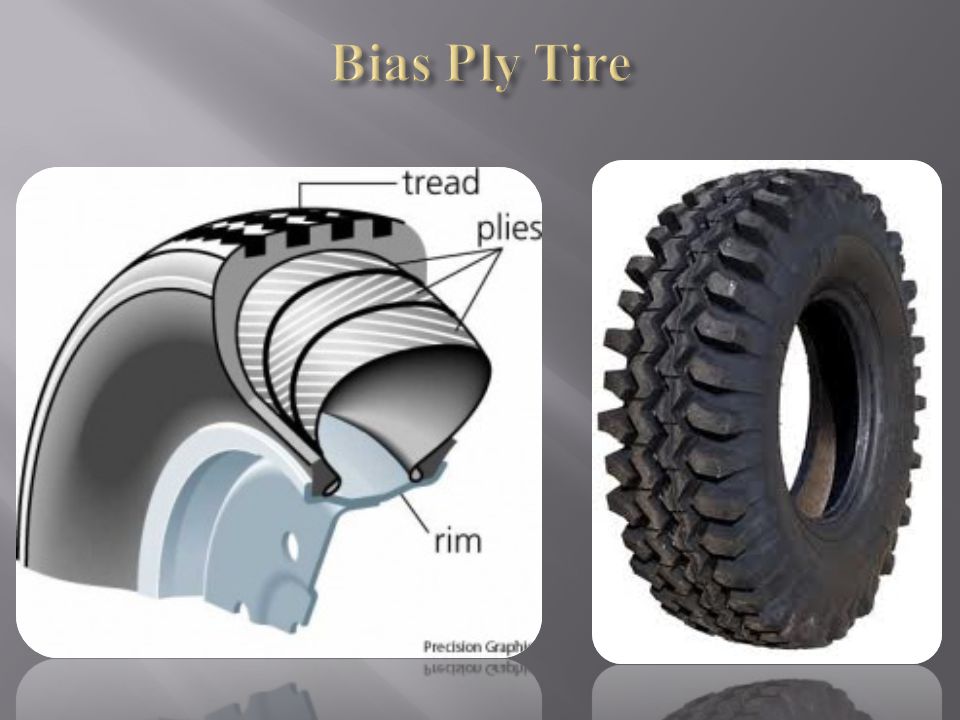 This variant combines the functions of good grip at high speeds and efficient water evacuation. This type is perfect for trails, and will also be useful on wet pavement.
This variant combines the functions of good grip at high speeds and efficient water evacuation. This type is perfect for trails, and will also be useful on wet pavement.
There are also racing variations that have a low profile and hard tire. This option is good for sports cars and other cars capable of speeds up to 300 km / h.
Permissible depth values:
Tread depth standards vary from country to country:

First of all, riding on bald tires is extremely dangerous - it is almost impossible to confidently keep the road on it. In addition, significant pattern wear (from 50%) can greatly impair grip properties, which will manifest itself especially brightly in the rain on a wet surface.
Another disadvantage of driving on such tires is a fine, which is regulated by law. Accordingly, the traffic police inspector, according to part 1 of Art. 12.5 of the Code of Administrative Offenses, has the right to fine a driver whose vehicle has worn tires.
To find out how much tire wear, you need to measure the tread depth.
This is done quite simply:
A traffic police officer will be able to measure this value with a special device.